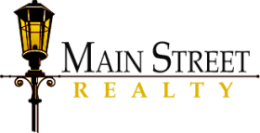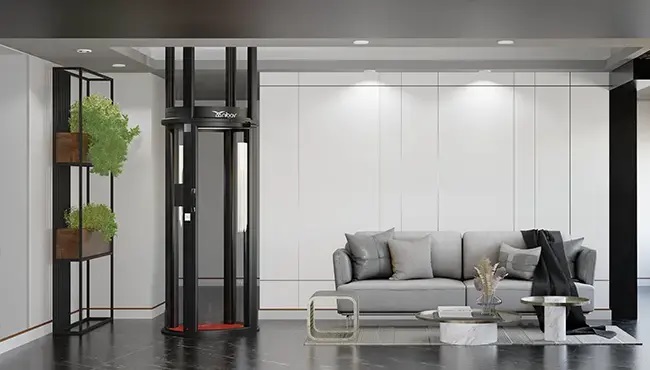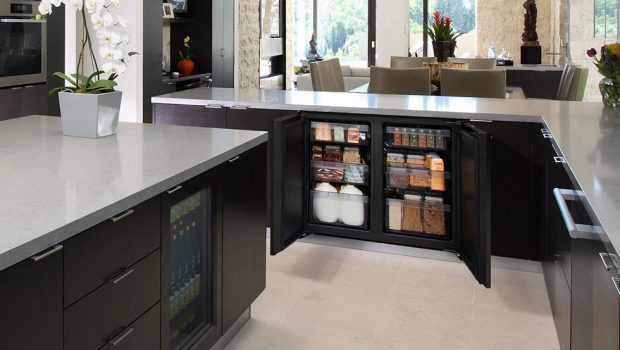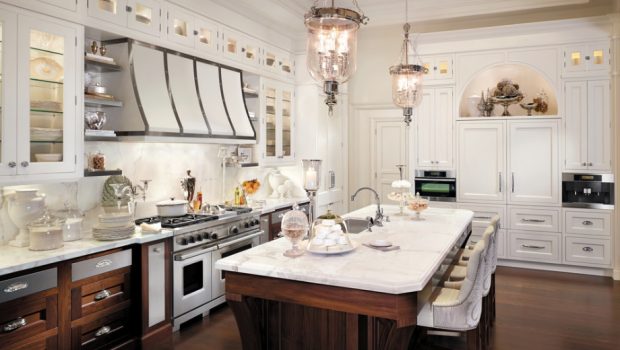When considering accessibility enhancements for your Calgary home, choosing between home lifts and hydraulic lifts is a significant decision. Both options come with their unique features, benefits, and installation requirements. Here’s a guide to help you make an informed choice tailored to your needs, preferences, and property structure.
Understanding Home Lifts
Home lifts, such as air-driven models by Nibav, operate using innovative pneumatic technology. These lifts are compact, energy-efficient, and easy to install, making them ideal for modern homes. Some key features include:
- Compact Design: Home lifts require minimal space, often just a 1010 mm diameter base.
- Quick Installation: With minimal civil work needed, installation is often completed within 24–48 hours.
- Energy Efficiency: Air-driven lifts consume power only during ascent and none during descent, making them a greener alternative.
- Safety and Accessibility: Multiple safety features, including child safety switches and emergency buttons, make them family-friendly.
Exploring Hydraulic Lifts
Hydraulic lifts have been a traditional choice for homes and buildings. These lifts operate using a hydraulic piston system powered by a pump. Notable features include:
- Heavy Lifting Capability: Hydraulic systems can manage higher weight capacities compared to compact home lifts.
- Customization: Hydraulic lifts can be designed to fit larger cabins and accommodate wheelchairs with ease.
- Reliability in Power Outages: Equipped with backup systems, hydraulic lifts can safely lower to the ground during power failures.
Key Considerations for Your Calgary Home
1. Space and Aesthetics
- Home lifts: Require no machine room or pit, preserving your home’s architectural integrity.
- Hydraulic lifts: May need a dedicated machine room and pit, which could necessitate structural modifications.
2. Energy Consumption
- Home lifts: Operate on single-phase power and are energy-efficient, consuming only 3.7 kVA during ascent.
- Hydraulic lifts: Typically consume more power due to the pump and motor requirements.
3. Cost and Installation Time
- Home lifts: Cost-effective in the long term due to lower energy use and maintenance. Installation is quicker, minimizing disruption.
- Hydraulic lifts: Higher upfront installation costs due to civil work and customization needs.
4. Maintenance Requirements
- Home lifts: Minimal maintenance required, thanks to advanced technologies like grease-less elevators and modular components.
- Hydraulic lifts: Require regular maintenance, particularly for the hydraulic fluid and pump systems.
5. Safety Features
Both systems are equipped with essential safety mechanisms. Home lifts by Nibav, for example, include TÜV-certified safety layers and emergency landing options.
Which One Should You Choose?
Your choice should reflect your priorities:
- Opt for a Home Lift if:
- You need a space-saving, eco-friendly, and low-maintenance solution.
- Your home layout requires a lift that integrates seamlessly without major structural changes.
- You value a panoramic design and quieter operations.
- Opt for a Hydraulic Lift if:
- You require a lift capable of handling heavy loads or multiple users simultaneously.
- Your home can accommodate the structural adjustments needed for installation.
- You prefer a traditional lift system known for its durability.
Conclusion
Whether you choose a home lift or a hydraulic lift, both options will enhance your home’s accessibility and convenience. For Calgary homeowners, air-driven lifts by Nibav offer a perfect blend of aesthetics, efficiency, and advanced technology, making them a popular choice. On the other hand, hydraulic lifts cater to more robust needs with their reliable performance and higher weight capacities.
By carefully evaluating your space, budget, and accessibility requirements, you can confidently decide on the best lift to elevate your Calgary home!





